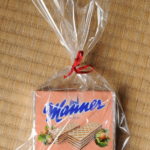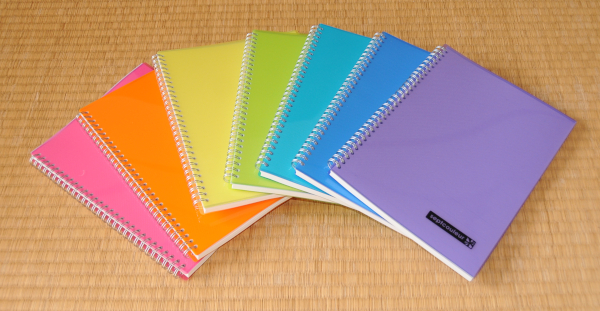I’m very sorry for skipping posts again… I was terribly busy the last two weeks, working for 10 hours and more each and every day, so I’m afraid I had to drop a ball or two. But the big deadline was yesterday and now I have a little more time to breathe – in fact, I even took today off – so I hope I can get back to writing here on my usual schedule.
 Apparently, my absence raised concerns with some of you, because in the weekend I received an email from a friend of mine who essentially said she was hoping I was just busy and otherwise alright. And then she popped the question: “I was wondering if you have a strategy as to how to balance work and life…”
Apparently, my absence raised concerns with some of you, because in the weekend I received an email from a friend of mine who essentially said she was hoping I was just busy and otherwise alright. And then she popped the question: “I was wondering if you have a strategy as to how to balance work and life…”
And I thought: Hey, YOU have that cushy 9-to-5 job with weekends off, mandatory holidays and a fixed paycheck at the end of each month, and you’re asking ME about life-work balance? I am literally spending 90% of my waking hours in front of my laptop and didn’t have a day off in 3 weeks and I am your go-to person for this question? You must be kidding me!
But then she went on to say that she’s taking her work home in the form of worries of the “will this turn out okay” variety, and that is indeed an issue I have struggled with myself, in particular during my time in academia. The point is that I am rather perfectionist, and I have troubles getting things done to the standards I set myself, so often it was a problem of “why even bother doing this if you can’t do it right anyway”. And during my time off, I felt guilty for not doing my job properly, so I felt I didn’t deserve that time off. Interestingly, now that I am essentially self-employed, I find it much more easy to satisfy a client and work to their deadline (and standards) rather than doing the same for my own projects, even though they are more important in the long run.
So, I talked about this to a therapist, and the answer was essentially that I put myself under too much pressure to perform at work and that I may have deficits in my private life when it comes to spare time activities, friends, etc. He also said “Sometimes the psyche sabotages because she wants to satisfy her own needs.”
The answer was spot on. I’m an introvert, which makes it very easy to neglect the human interaction part (“I don’t really need people anyway.”) I thought about this for a while and then implemented a no-computer-day once a week. I could do anything, just lay in bed reading, or cleaning the apartment or going to a museum, or seeing friends, just as long as it didn’t involve the computer.
The important part here was not what I was doing, but to give myself permission not to work and not to worry about it because tomorrow will be early enough. I think this was the main part that helped me relaxing about work and not obsessing about it constantly. The result was that I am now more focused at work so I can get much more done and at the same time, I fully enjoy myself on my days off.
I hope this is useful to my friend, it’s a bit hard to describe what I did, but I have eased up considerably about work. I do what needs to be done, and then I move on and shut down my brain. By now, I can even handle using the computer on my days off, and even though I have been very busy for the last month, I don’t feel as emotionally drained as before. Good luck with it!










